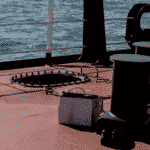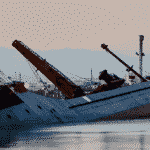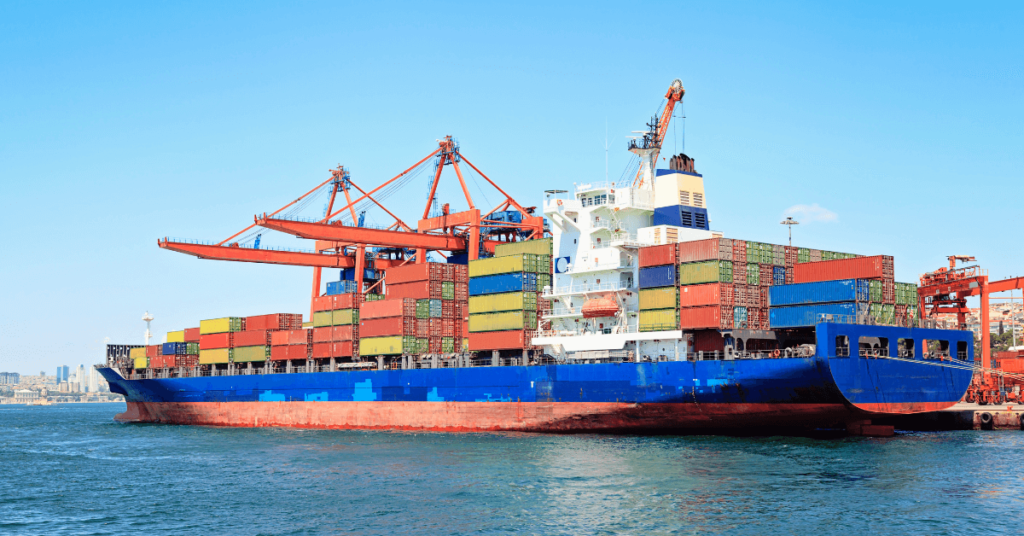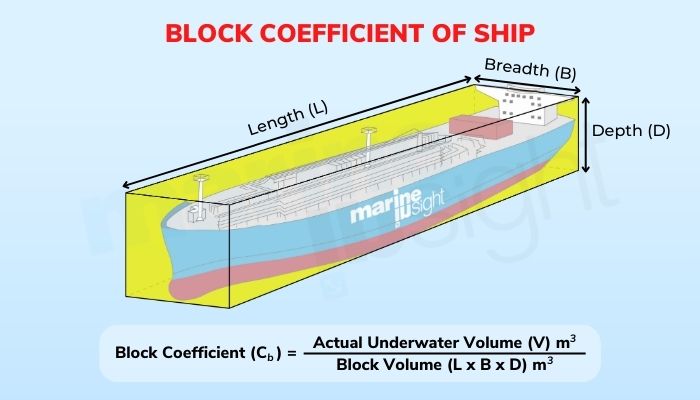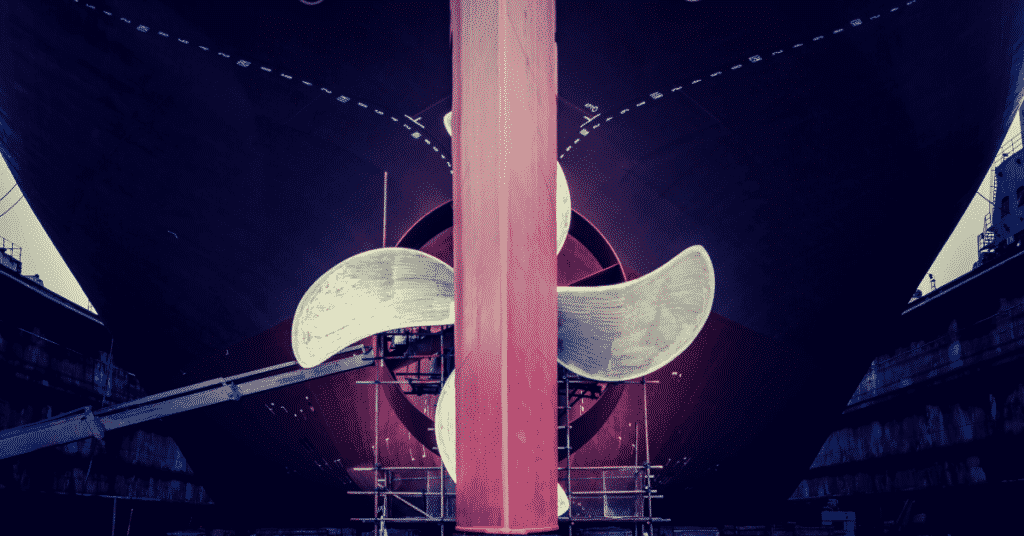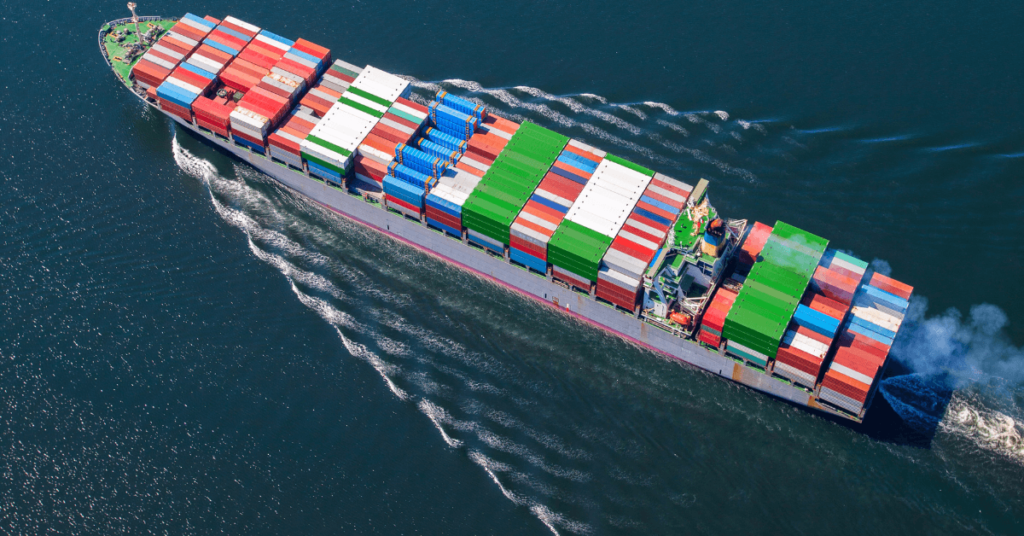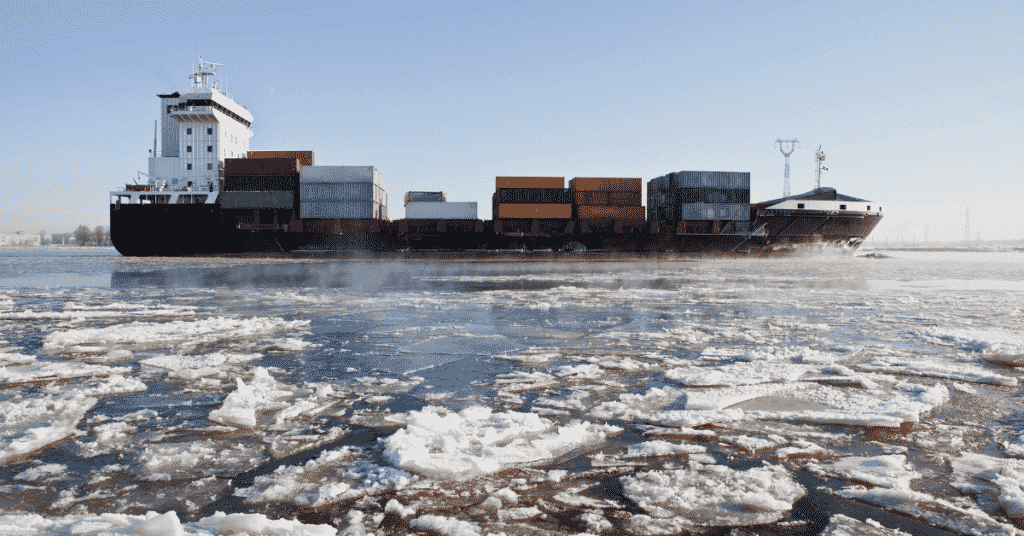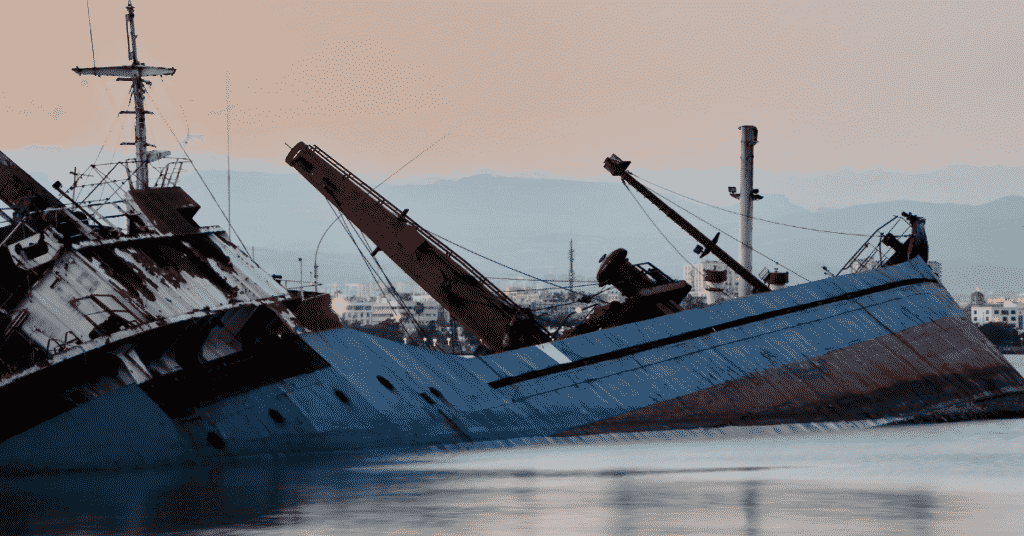Frigate VS Destroyer- What’s The Difference?
Warships are an intrinsic part of any country’s naval fleet and differ in shape, size, functions, capabilities and structural configurations. Frigates and Destroyers are the most common kinds of warships in any naval force.
The main role of a frigate is patrolling and protecting larger vessels while the destroyer engages in direct combat with the enemy ships. Hence, destroyers are said to be a navy’s offensive arm, while frigates are considered to be the defensive arm.
Both Frigates and Destroyers were designed to be fast in order to escort and protect other vessels from air, land and underwater attacks; hence, some people use both terms interchangeably, but there is a difference between Frigates and Destroyers, which will be discussed in this article.
In simple terms, a frigate is smaller, lighter in weight and less armed than a Destroyer, which is larger, heavier and armed with a variety of ammunition. Secondly, a frigate is more common than a destroyer, with almost every navy in the world possessing frigates while only 13 countries have Destroyers, per Global Fire Power Index 2019.
Before delving into the differences between frigates and destroyers, let’s look at their history in brief.
Shedding light on the history of Frigate
In the beginning, Frigate was a term used for ships that were long, low and fast. So, vessels possessing these traits were called frigate-built. During the Age of Sail, a frigate was a full-rigged vessel with a single gun deck with a gun limit based on nationality.
Frigates were then used for patrolling, scouting and dispatching boats for bigger fleets and in commerce raiding. However, the term frigate vanished from popular use in the late 1800s, only to make a comeback in the Second World War.
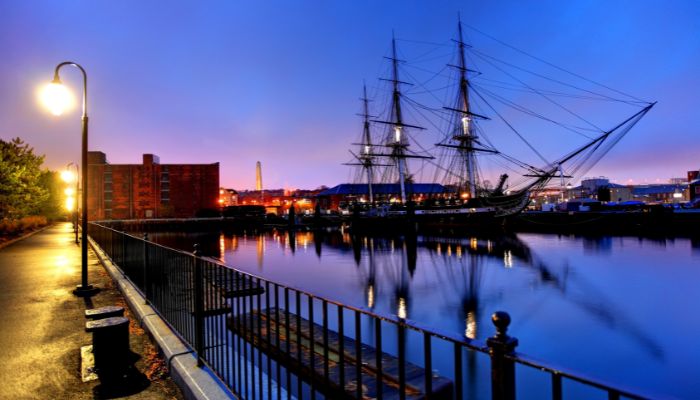
During World War II, the British were in need of a ship for escorting its convoys of ships. The destroyers had pretty much a similar role as frigates in the Age of Sail. The Destroyers were swift and laden with torpedoes for intimidating capital ships like the battleships and cruisers; however, they were small in number.
The Patrol Boats were not fast enough and did not possess the range or needed seakeeping abilities for carrying out this crucial task and protecting convoys against enemy submarine attacks.
Hence, a class was formed which was not as fast or as heavily armed as the destroyer but still faster than the convoys. It was larger than patrol boats and could carry more fuel and endure harsh weather conditions at sea. Thus, the British used the term frigate for this new class of ships. Hence, frigates became ships that could outrun and outmanoeuvre enemy ships and had enough firepower to support themselves in battle.
Understanding the development of the destroyer
Destroyers are fast and manoeuvrable warships that escort larger vessels in a convoy, fleet, or battle group while defending these vessels against short-range attackers.
They were developed in the 19th century by Fernando Villaamil, a Spanish Naval Officer. Called the inventor of the destroyer warship, he envisaged them for the Spanish Navy to defend the fleet’s vessels from torpedo boats.
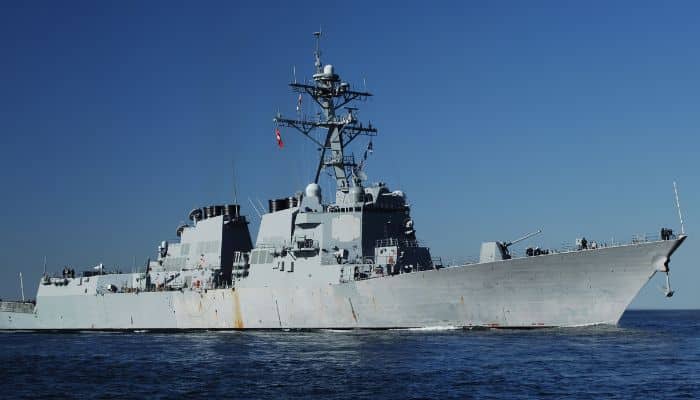
By 1904, the time of the Russo-Japanese War, the torpedo boat destroyers or TBDs were massive, swift and sufficiently armed torpedo boats meant to tackle other torpedo boats.
The term destroyer was used interchangeably with TBD and Torpedo boat destroyer since 1982, and it was eventually shortened to only destroyer by almost all navies by the time of World War I.
Destroyers are small in size compared to battleships but bigger than frigates. They usually have one smaller gun and many missiles, like anti-ship, cruise missiles and surface-to-air missiles. Advanced destroyers of today also have a helipad which aids with anti-submarine warfare.
Today, destroyers are heavily armed and armoured, perfect to face enemy ships face-to-face in a battle at sea.
Now that we have looked at how frigate and destroyer came into being, it is also important to note that in present times, the distinction between them has become blurred, thanks to the technological developments which have made all naval ships faster, more efficient, and better armed than earlier times. However, there still remain some differences between the two.
1. Most countries in the world have frigates but not destroyers
Since frigates are smaller and not very expensive to build, the navies of most nations in the world have them. Currently, 55 countries have frigates, with the most being part of the Chinese Navy, which has 52, followed by Taiwan with 24 and the U.S. with 22.
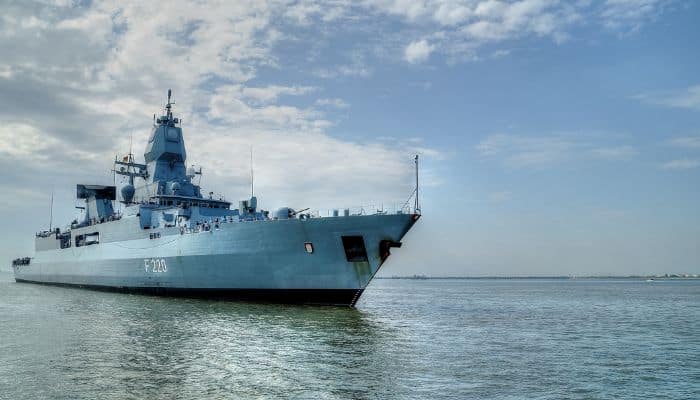
Meanwhile, only a handful of countries possess destroyers, with the U.S. leading the way with 68 destroyers in active service. Second comes Japan with 37 and then China with 33. Spain and Germany do not have destroyers; however, most of their frigates are quite identical to what other countries would classify as destroyers.
Some of the world’s biggest frigates and destroyers
Russia’s Admiral Gorshkov class frigate is said to be the world’s most powerful frigate, specialising in long-range surface attacks, anti-submarine warfare, escort missions and more that require the deployment of large destroyers.
Germany’s Sanchen class frigates have air warfare capabilities and are quite versatile, akin to destroyers regarding their firepower and displacement.
The epitome of Spanish naval excellence, the Alvaro de Bazan class frigates are anti-air warfare vessels built for escort missions.
World’s most powerful destroyers include the DDG 1000 Zumwalt-class multi-mission destroyers built for the U.S Navy. Said to the world’s biggest destroyers, they have a full load displacement of 15,656 tonnes.
The Type 055-class destroyers are capable surface combatants built by Jiangnam Shipyard and Dalian Shipbuilding Industry Company for the Chinese Navy. The first ship of this class was Nanchang (101), which made its first appearance during PLAN’s 70th anniversary parade in 2019.
Other prominent destroyers include the Arleigh Burke-class warships, Atago Class, Sejong the Great Class, etc.
2. Destroyers are comparatively larger and heavier than frigates
Another significant differentiating factor between a frigate and a destroyer is size. Destroyers usually measure between 150 to 160 m in length, and frigates are usually 130 to 150 m long.
However, even among destroyers, some can be humongous compared to others. Some small destroyers are the Royal Navy’s Type 45 Daring class and Russia’s Project 956 Sovremenny class, which are approximately 150 m long and 17 to 18 m broad.
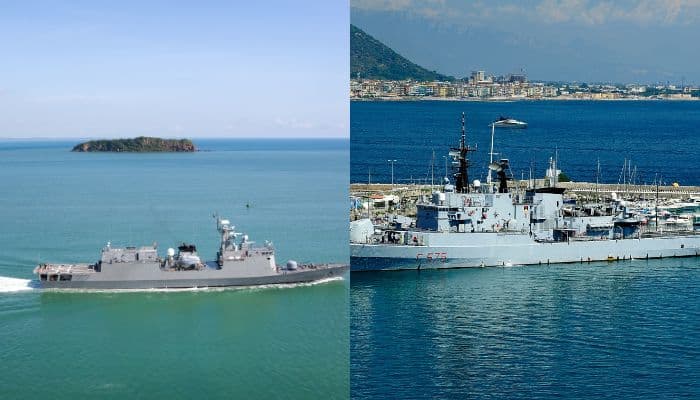
The U.S Navy’s Zumwalt-class destroyer is 190 m long with a 24.6 m beam, weighing nearly 16,000 tonnes, almost twice the weight of smaller destroyers that weigh around 8000 tonnes a full load, while frigates roughly weigh around 4000-5000 tonnes.
Also, frigates like the Admiral Gorshkov class of Russia and the Sanchen class frigates of Germany are smaller but are nearly the same width as destroyers.
Per experts, since destroyers are big, they can generate the power for a more high-resolution radar and several vertical launch cells, providing theatre-wide defence for a carrier battle group. Also, nowadays, frigates are employed as escort vessels to safeguard lines of communication at sea or function as an auxiliary part of a strike group. Destroyers, on the other hand, are generally incorporated into carrier battle groups as the air defence component or used to provide land, air and missile defence.
3. Frigates are faster than destroyers
Frigates are designed to be fast, with higher speeds than destroyers and greater manoeuvrability. They usually have a speed of 30 knots, while destroyers can attain anywhere between 20 to 30 knots.
Due to being fast, frigates can position themselves to attack quickly or escape from danger if needed. Destroyers have powerful engines and sturdy hulls, but they cannot match the speed and manoeuvrability of frigates.
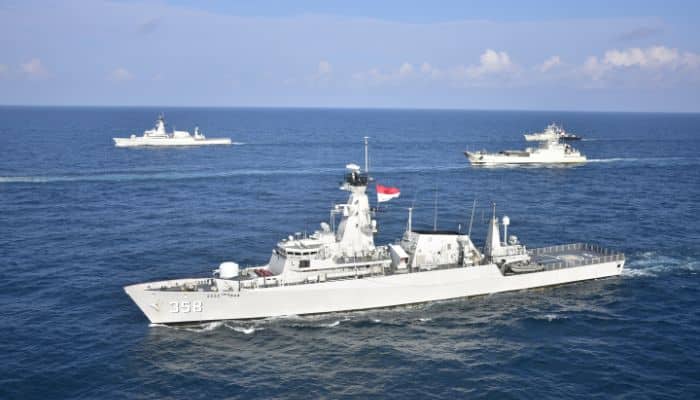
However, with advancements in naval technologies, there is not much difference in their speed. One of the fastest frigates is the Indian Navy’s Shivalik class, which can attain maximum speeds of 32 knots, while others can easily travel between 26 to 30 knots.
The colossal Zumwalt-class destroyer can reach up to 30 knots, which is still slower than the smaller Sovremenny and Daring classes, which can go up to 32 knots. The Zumwalt class is fast but not faster than most frigate classes.
4. Differences regarding weaponry and armament
Frigates and Destroyers are equipped with the latest weapons and defence mechanisms. Usually, frigates have surface-to-air missiles or SAMs, anti-submarine warfare or ASW torpedoes and guns for surface combat. They might also be armed with Vertical Launch Systems or VLS to fire long-range anti-ship missiles or AShMs.
Destroyers also have SAMs, guns, ASW torpedoes and VLS. Additionally, they may also be equipped with advanced electronic warfare systems such as radar jamming or decoy flares.
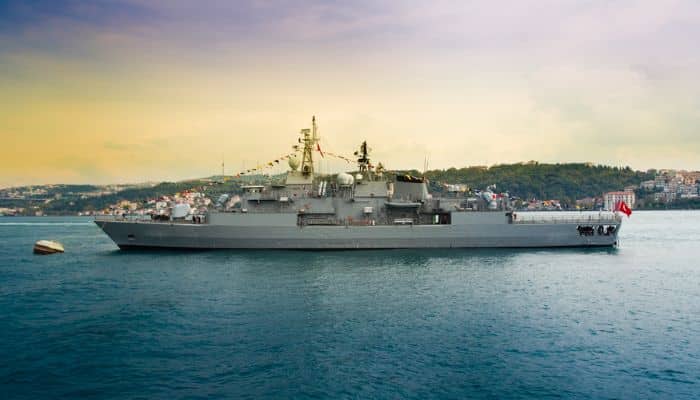
Royal Navy’s Duke Class frigates have ASW abilities along with the latest sonar equipment and torpedoes. Also, the ASW frigates have helipads for accommodating helicopters to tackle nuclear submarines.
The differences in weapons onboard frigates and destroyers differ due to their roles. For instance, frigates are smaller vessels unsuited to theatre air defence. They can be used for anti-submarine warfare roles and short-range air defence as part of a bigger surface group. On the other hand, destroyers can launch anti-ship and anti-aircraft-guided missiles like the US Navy’s Zumwalt and Arleigh Burke classes.
5. Destroyers are more costly to build than frigates
Destroyers are costlier than frigates since they need more crew members and have more weapons. A destroyer costs between $2-3 billion, and a frigate between $750 million to $ 2 billion.
US Navy’s Zumwalt class destroyer, DDG 1000, cost $4.2 billion, while the 2nd and 3rd destroyers of the class cost $ 2.8 billion and $2.4 billion.
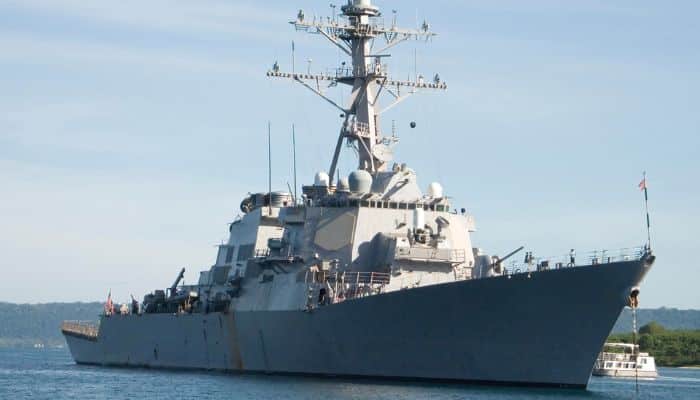
Coming to frigates, they are cost-efficient, with the Royal Navy’s Duke class priced at £130 million per vessel. German Navy’s Sachsen class frigates, one of the most expensive frigate classes, cost around €2.4 billion for the 3 ships.
Conclusion
Frigates and destroyers have evolved with time as two distinct ship types made for distinctive roles in naval warfare. Frigates are light, swift and armed appropriately to patrol and protect larger ships of the navy.
At the same time, destroyers are designed to be bigger and heavier to protect themselves and also engage in direct combat at sea. Though they have some differences, they have some similarities, like advanced sensors and similar weapons, making both frigates and destroyers an essential part of a country’s naval fleet.
You might also like to read-
- A Guide To Types Of Ships
- Different Types of Alarms on Ships
- Different Types Of Sterns Used For Ships
- Types of Rudders Used For Ships
Do you have info to share with us ? Suggest a correction

About Author
Zahra is an alumna of Miranda House, University of Delhi. She is an avid writer, possessing immaculate research and editing skills. Author of several academic papers, she has also worked as a freelance writer, producing many technical, creative and marketing pieces. A true aesthete at heart, she loves books a little more than anything else.
Latest Naval Arch Articles You Would Like:
Subscribe To Our Newsletters
By subscribing, you agree to our Privacy Policy and may receive occasional deal communications; you can unsubscribe anytime.






